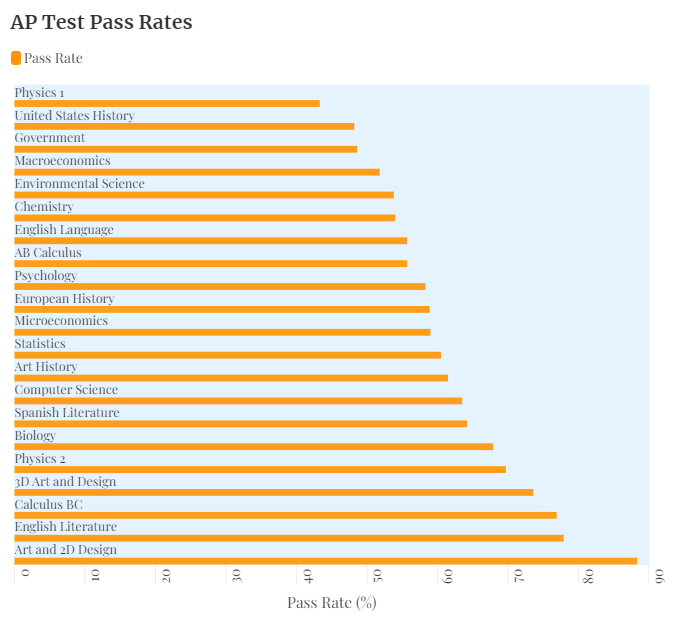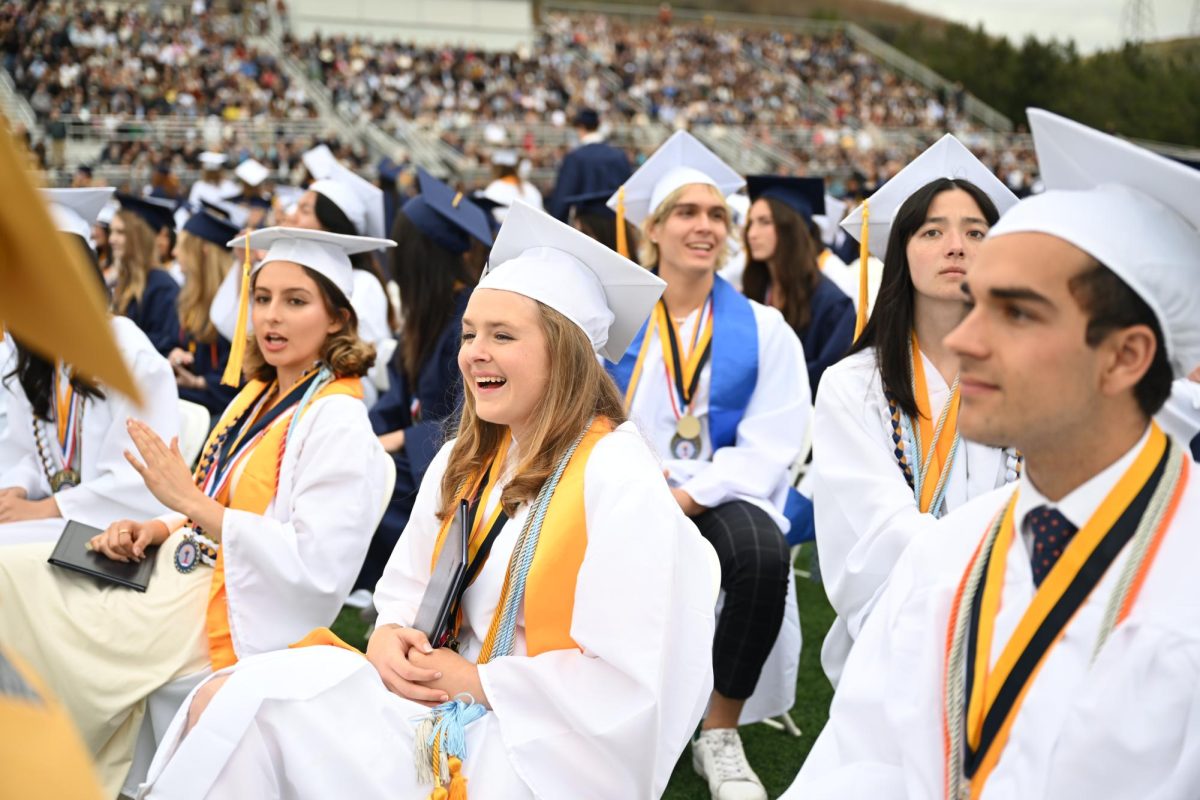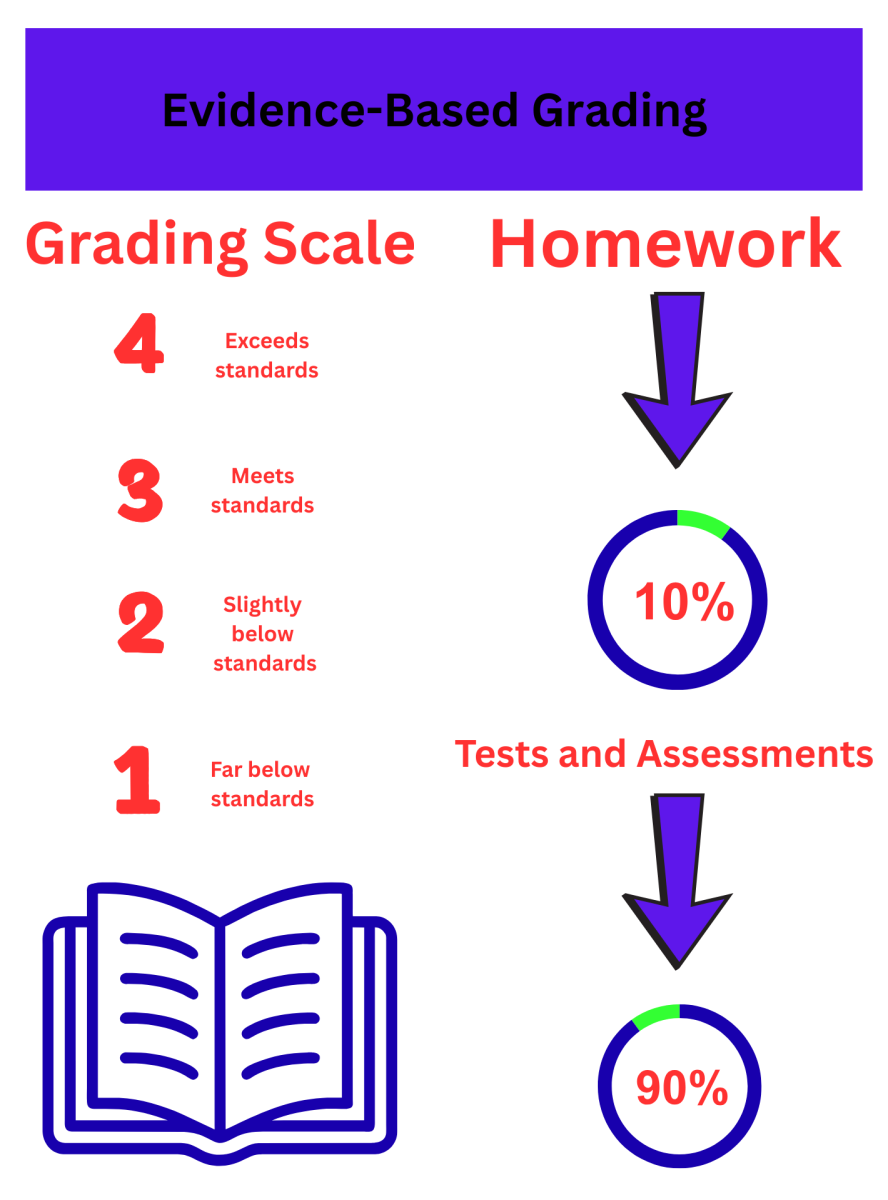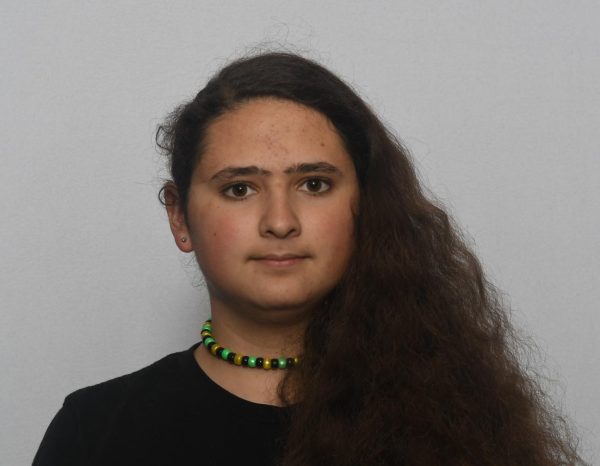Selecting classes is one of the most stressful parts of the second semester. While most students naturally wish to take classes they will find enjoyable, they mustn’t overlook the classes that will give them a head start in life.
A great way to do this is by looking into the infamous Advanced Placement (AP) courses SJHHS has to offer. AP courses are useful for studying in-depth a variety of academic and artistic topics. In addition, many students take AP classes for college credit and generous GPA boosts.
At the end of each course, students in AP classes may register for AP tests. These rigorous exams are held in May and cover all of the year’s content. If students pass the exam with a minimum score of 3, they may be awarded college credit for the course.
As with most things, effort must be put in, and AP courses are no exception. These classes require a considerable amount of time and willpower. In terms of taking an AP course, the first thing to consider is whether or not you have enough time in your schedule to dedicate to your studies. In grade-level classes, it is typical for students to study a max of one hour per class.
However, for an AP class, this recommendation starkly increases. It is advised by UWorld College Prep that a minimum of 1 to 3 hours is spent studying and completing homework daily. This applies to every individual AP course a student may be enrolled in.
Most of this information is a given for students who are applying to academically based AP courses, but it is often overlooked that a similar amount of effort is required for artistically centered AP courses as well.
“It’s really upsetting because art is a talent that takes time to build up. For people to just overlook that, hurts.” said AP Painting/Drawing student Leanne Corral.
Just as with any AP class, artistic AP courses also require a large amount of effort and preparation if the students enrolled in the courses want to be successful.
“People say if you’re good at literature, take literature and get ‘free’ points. Why is art any different?” said Corral.
Just as with any AP class, artistic AP courses also require a large amount of effort and preparation if the students enrolled in the courses want to be successful. Even though AP classes are undeniably difficult, it is often debated what classes are the most difficult to succeed in.
“It’s difficult to rank classes easiest to hardest because while some classes are easier, the content is harder to master. For example, we have lots of free time in my AP Calculus class, but the content is difficult,” said junior Francis Rydell, who has 10 AP classes on her record.
Difficulty is subjective, and taking a look at AP exam pass rates helps give a great deal of insight into the overall difficulty of a course. While for some the difficulty lies in the workload, for others it lies in the material itself.
Based on the pass rates published by the College Board, AP classes rank as follows: The lowest pass rate of any exam is AP Physics 1 with only 43.3% of students passing the exam. This is followed by United States History (48.2%), Government (48.6%), Macroeconomics (51.8%), Environmental Science (53.8%), Chemistry (54%), English Language (55.7%), AB Calculus (55.7%), Psychology (58.3%), European History (58.9%), Microeconomics (59%), Statistics (60.5%), Art History (61.5%), Computer Science (63.5%), Spanish Literature (64.2%), Biology (67.9%), Physics 2 (69.7%), 3D Art and design (73.6%), Calculus BC (76.9%), English Literature (77.9%) and Art and Design 2D (88.3%).








